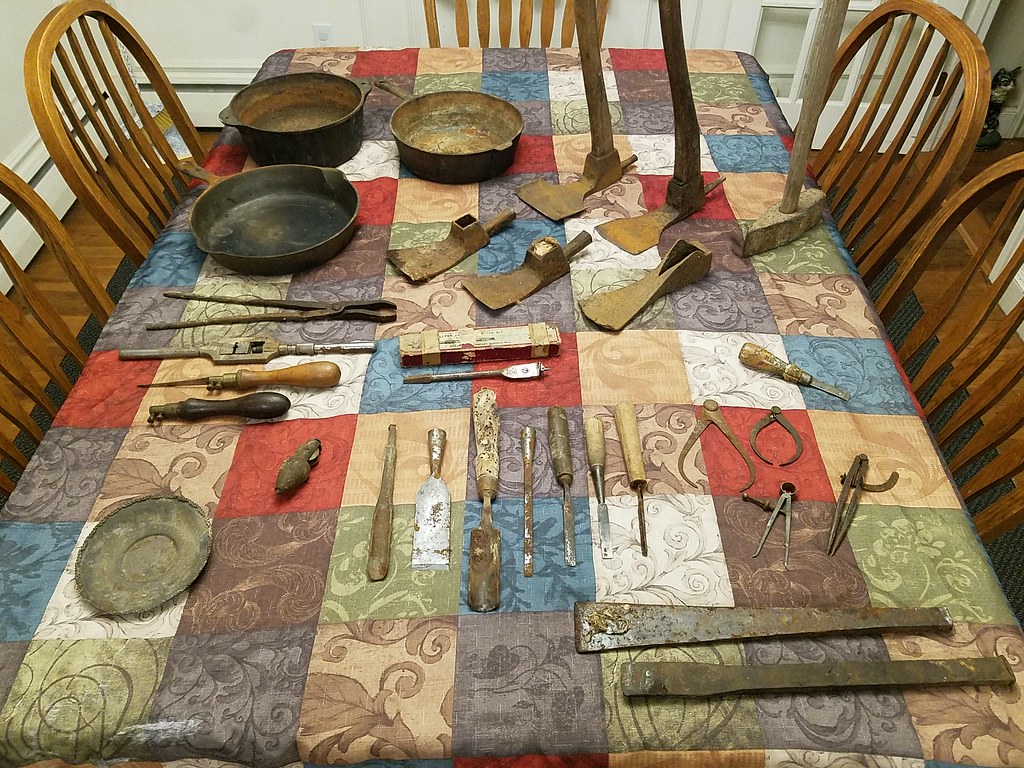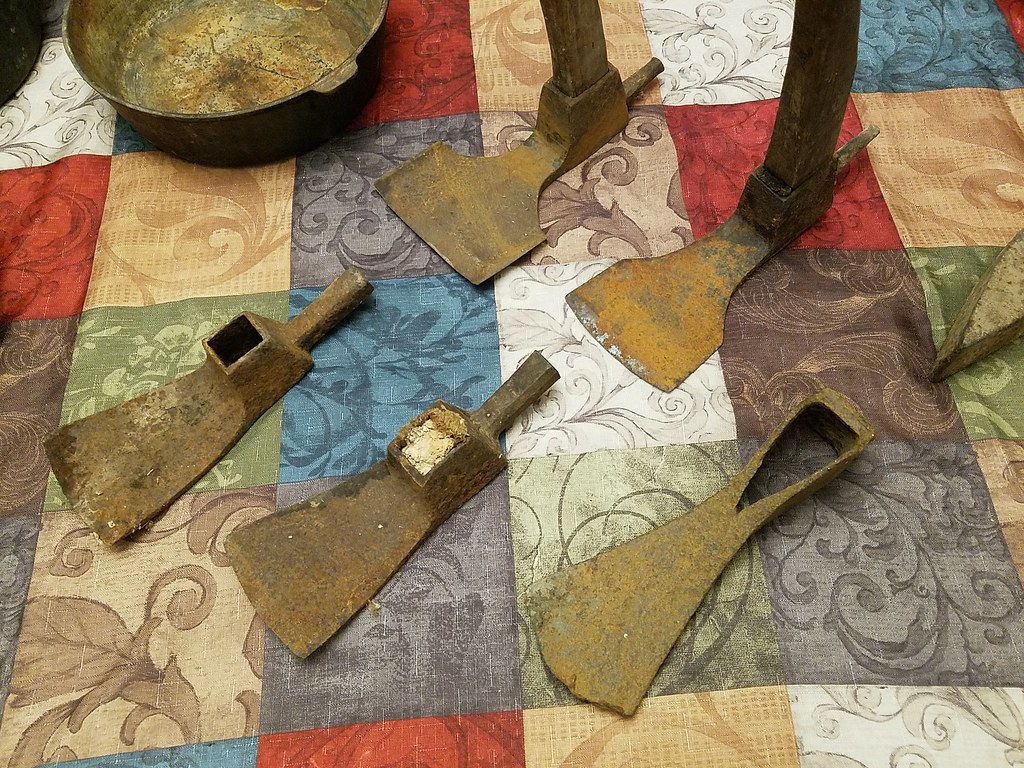- Joined
- Nov 14, 2017
- Messages
- 762
The BladeForums.com 2024 Traditional Knife is available! Price is $250 ea (shipped within CONUS).
Order here: https://www.bladeforums.com/help/2024-traditional/
Almonds ?
That is one sweet saw. It will become your new favorite.
A shame about the axe.
Almonds ?
Seriously though I have no clue but am sure Steve tall can nail it for you.
I sure hope so Hickory. This ax is nice and convex. and a super thin bit I believe it is a very high-quality ax!
I would say it is at least 4 pounds. And by the size of the beard I would say it was hardly used. It is on a very thin octagon handle but it was cut down to about 12 inches. I’m guessing the handle broke so they cut it down and it was rarely used.
 IMG_20180306_180615 by Justin Lyttle, on Flickr
IMG_20180306_180615 by Justin Lyttle, on Flickr IMG_20180306_182621 by Justin Lyttle, on Flickr
IMG_20180306_182621 by Justin Lyttle, on FlickrAdzes!
IMG_20180306_180615 by Justin Lyttle, on Flickr
IMG_20180306_182621 by Justin Lyttle, on Flickr
Nothing yet, I'll clean them soon. The old one is very cool.Yes sir!
What can you share about any of them, especially the triangle eye beauty?
That one and the one just to its left, good looking adzes!
Nothing yet, I'll clean them soon. The old one is very cool.
especially the triangle eye beauty?
"In addition to its famous Diamond Edge,other recognizable "house" brands marketed by Shapleigh were Mound City, Norleigh Diamond, Diamond Brand, Jersey, Panama, Ice Diamond, Bluebelle, Sageware, Black Jack, Red Raven, King Nitro, Sahara, Black Prince, Blue Diamond, Rugby, Triumph, Defiance, Black Wonder, Double Diamons, Mascot, Bull Dog, Ozark, Columbia, Longwear, Mizzou and Bridges."
from http://www.thckk.org/history/shapleigh-history.pdf
That adze was forged by one of the simpler methods,whereby the strap is bent around the eye,the sides of the eye thinned by drawing them down into longettes,and the two ends welded asymmetrically(the shorter one on the left in the photo,seam visible).
Then the entire welded section is twisted 90 degrees to form the adze(vs the axe) shape.
It is a simpler variant as it doesn't waste much time or effort on the front of the eye(the surface upon which the forces of hafting and work itself do not act much in any case,that part remaining fairly neutral).
I'd guess that it's either a product of some rural Scandinavian forge,or work by a master of Scandinavian descent.
Aside from my familiarity with such work in general what speaks for it is the voluminous eye,normally the sign of tool meant to be handled with softer hardwood such as birch.
Adzes!
IMG_20180306_180615 by Justin Lyttle, on Flickr
IMG_20180306_182621 by Justin Lyttle, on Flickr
That adze was forged by one of the simpler methods,whereby the strap is bent around the eye,the sides of the eye thinned by drawing them down into longettes,and the two ends welded asymmetrically(the shorter one on the left in the photo,seam visible).
Then the entire welded section is twisted 90 degrees to form the adze(vs the axe) shape.
